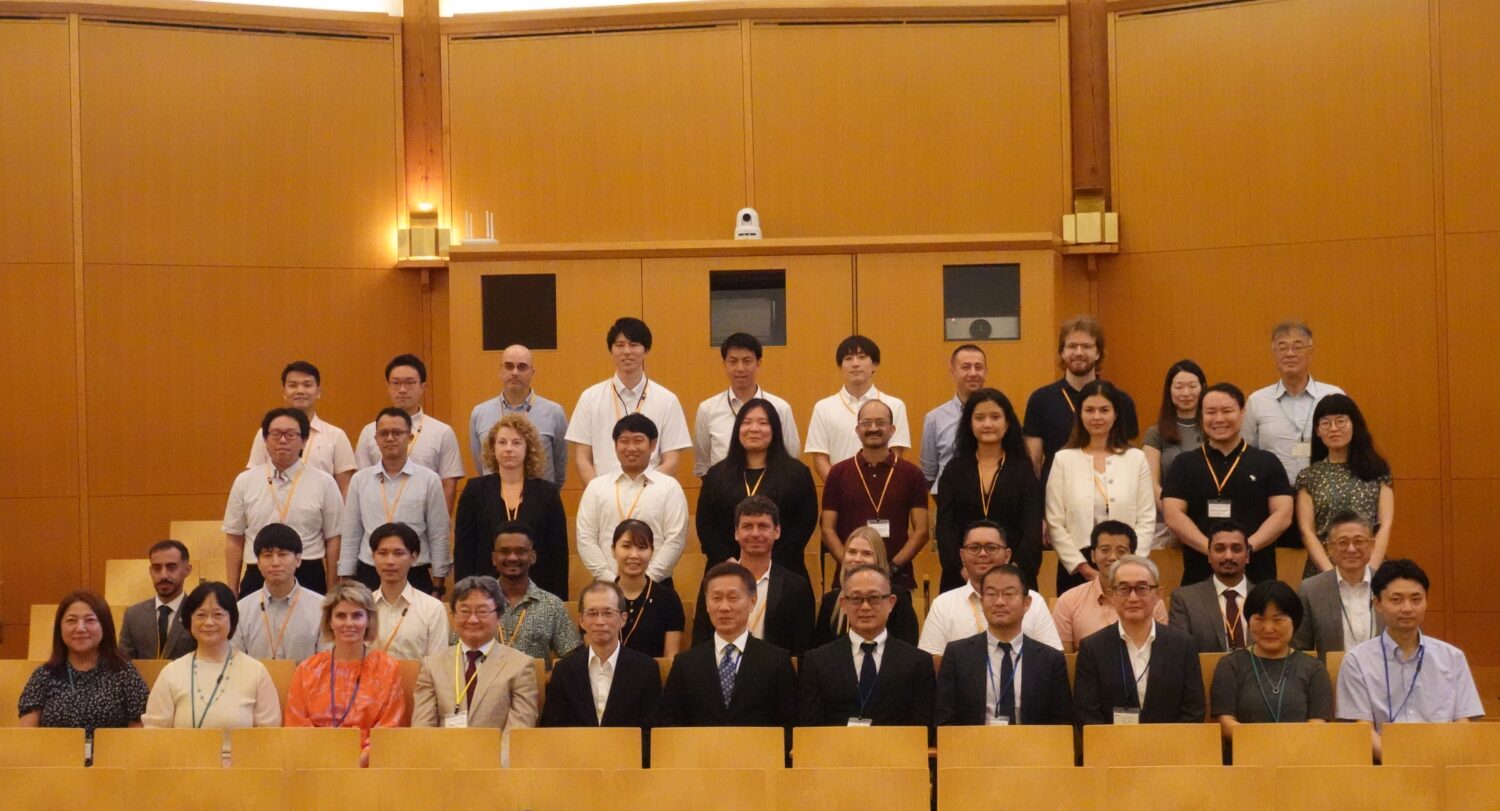The previous day, the minister had been visited by Governor HANAZUMI Hideyo of Niigata Prefecture and members of the House of Representatives involved in energy policy, including HOSODA Kenichi (Liberal Democratic Party).
Because of that, the minister was questioned at the press conference about the future restart of the NPPs. Governor Hanazumi had presented him with several requests, including one asking that national guidance and supervision of TEPCO be strengthened and another for emergency roads to be developed for the smoother evacuation of residents in the event of a nuclear disaster.
Also, in light of the M-7.6 earthquake that struck Noto Peninsula on January 1, 2024, local residents have been expressing their concerns about the need for extensive disaster measures during the coldest season of the year.
Minister Saito, after first acknowledging that various “concerns and anxieties” are being voiced over restarting the Kashiwazaki Kariwa NPPs, said that he took the requests from the Niigata governor and others to heart, and would be responding to them on another occasion. He also said that the national government would do its best to explain why Kashiwazaki Kariwa were “necessary and significant,” in an effort to obtain understanding from the local community.
As for disaster countermeasures, he said, “The government will put forward a plan for local emergency evacuation in cooperation with the Cabinet Office (Nuclear Emergency Preparedness), based on lessons learned from the Noto Peninsula Earthquake.”
Currently, the Technology Committee on the Safety and Management of NPPs in Niigata Prefecture is in the final stage of its discussions on whether to restart the Kashiwazaki Kariwa NPPs. TEPCO and relevant administrative bodies have already made explanatory presentations to the committee.
At the June 14 press conference, METI Minister Saito said that he saw the meeting with the Niigata governor as a good opportunity. “The government,” he said, “aims to communicate directly with the local people on a variety of occasions.” He then emphasized that its explanations would carefully address the “actual local circumstances.”
Separately, regarding the Kashiwazaki Kariwa-7 (ABWR, 1256MWe), which has cleared its safety compatibility examination under the new regulatory standards. TEPCO announced that a series of checks of the soundness of major equipment was carried out by June 12, after fuel loading had been completed, and that all items to operate the reactor were fully capable of functioning.
Meanwhile, a report was published by the team of experts from the International Atomic Energy Agency (IAEA) that had undertaken a security review from March 25 to April 2 earlier this year, at TEPCO’s request, on the matter of inadequate physical protection of nuclear materials at Kashiwazaki Kariwa. In the report, the team gave high marks to TEPCO, saying that the power company was “implementing measures to improve its nuclear security culture.”
Minister Saito then asked the operator “to carry out voluntary efforts to improve safety, as well as to explain its efforts thoroughly to the public, both locally and nationwide.”










